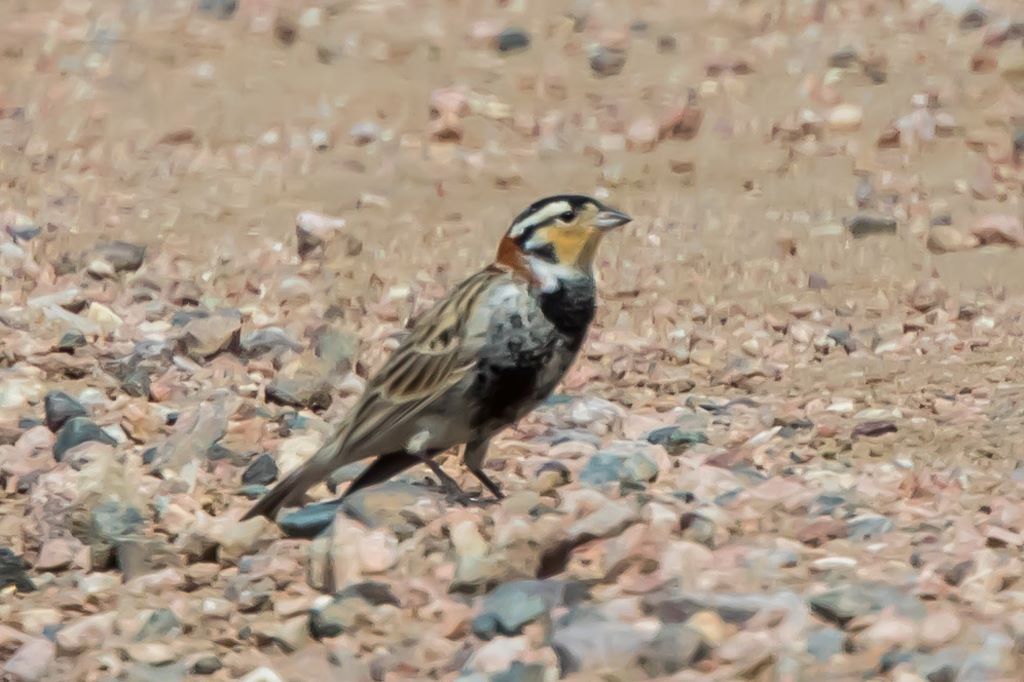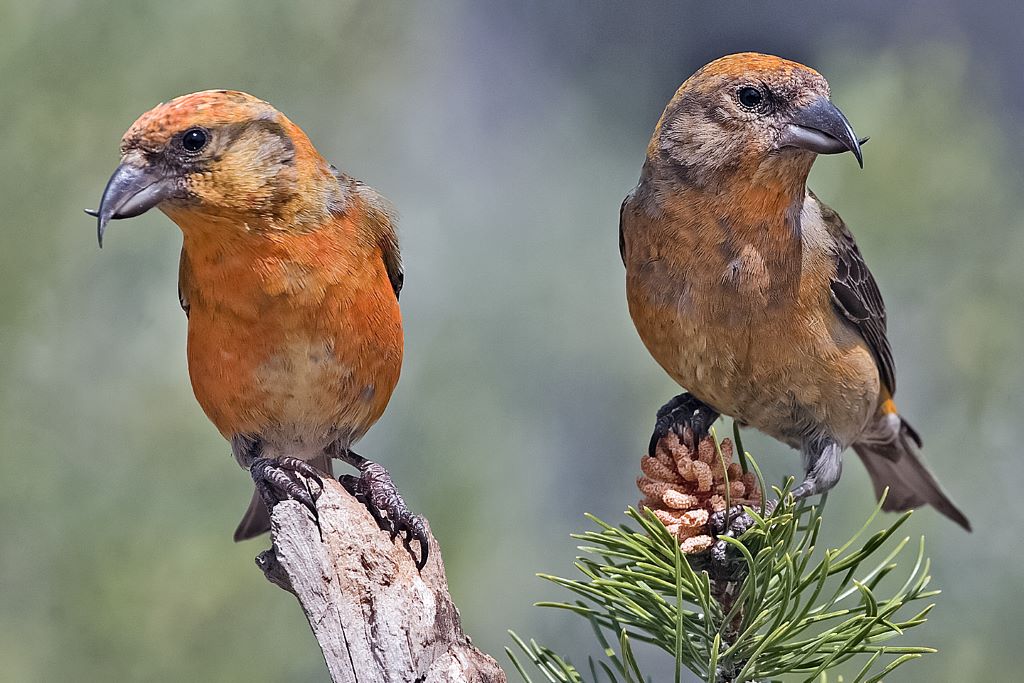
I just returned from a fishing trip to northeastern Montana with two biologist friends from graduate school. Impressive scenery. I expected it to be flat and cold. Well, it was cold, but the topography – mountains and valleys and canyons made for an attractive background. We fished and talked biology for 10 days. Not being drinkers or smokers, we spent our time looking for new birds when we weren’t fishing. I only saw one new bird for my lifelist, the Chestnut-collared Longspur. We looked and looked for longspurs for hours in obvious places with no luck until we saw two males perched on the tops of vegetation. They were not close, but close enough to identify. Five minutes later, one landed on a fencepost five feet from our car so we got a great look. There was the possibility of finding the other tree species of longspur – McCown’s, Smith’s, and Lapland, but no luck. We also made a search for a Mountain Plover, which none of us have seen. After eight hours or so of wet and muddy roads, no luck here either. We listed nearly 100 birds that day, nothing particularly unusual except for the longspur. We did see a couple of Golden Eagles, one being chased by a shorebird we couldn’t identify. And some Red Crossbills. We watched them feeding on the cones of lodgepole pines.
Crossbills are pretty cool. Not many birds have bills like this. According to Wikipedia, “Crossbills are characterized by the mandibles crossing at their tips, which gives the group its English name. Using their crossed mandibles for leverage, crossbills are able to efficiently separate the scales of conifer cones and extract the seeds on which they feed. Adult males tend to be red or orange in color, and females green or yellow, but there is much variation. In North America, nine distinct red crossbill variants (referred to as call types) differing in vocalizations as well as beak size and shape are recognized. Each call type evolved to specialize on different species of conifer.”

Red Crossbills breed like other finches in response to photoperiod and food supply, but being dependent on one food – pine seeds- they have to wander around to find the best supply. So one year in one area you may see an abundance of crossbills and the next year none, because the crop of pine seeds is not consistent from year to year. And they nest opportunistically from the early spring to the late fall, whenever they find an appropriate food supply. They feed their young a mash of partly digested pine seeds.
According to Audubon “These stubby little nomads are often first detected by their hard kip-kip callnotes as they fly overhead in evergreen woods. Red Crossbills in North America are quite variable, from small-billed birds that feed on spruce cones to large-billed ones that specialize on pines. Scientists have long puzzled over how to classify these different forms. New research suggests that there may be as many as eight different full species of Red Crossbills on this continent. Slight differences in call notes are apparently enough to keep them from mixing, and several kinds may occur in the same area without interbreeding.”
I had forgotten how interesting these birds were until I saw them again in Montana.